Between my wife and I, we have three sewing machines. We had four for a while because I was refinishing one for my daughter.
Let's have a look:
Pfaff 262
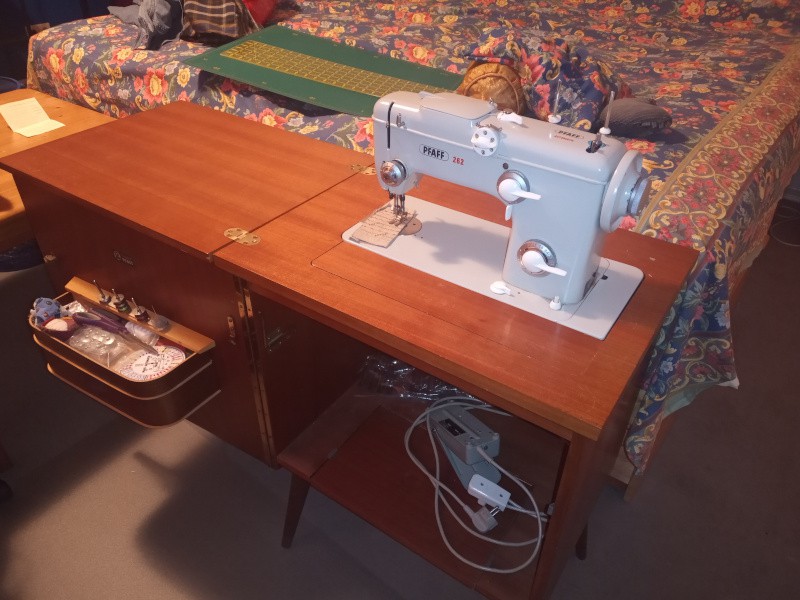
This one belongs to my wife. It is her main machine - she uses it for just about everything. It was given to her by a friend who didn't have room for it anymore. We've had it for probably 15 years or so.
The Pfaff 262 was built in around 1962. It does simple zig-zag as well as some fancy zig-zag patterns. Besides sewing really well, it is very quiet.
AEG 376
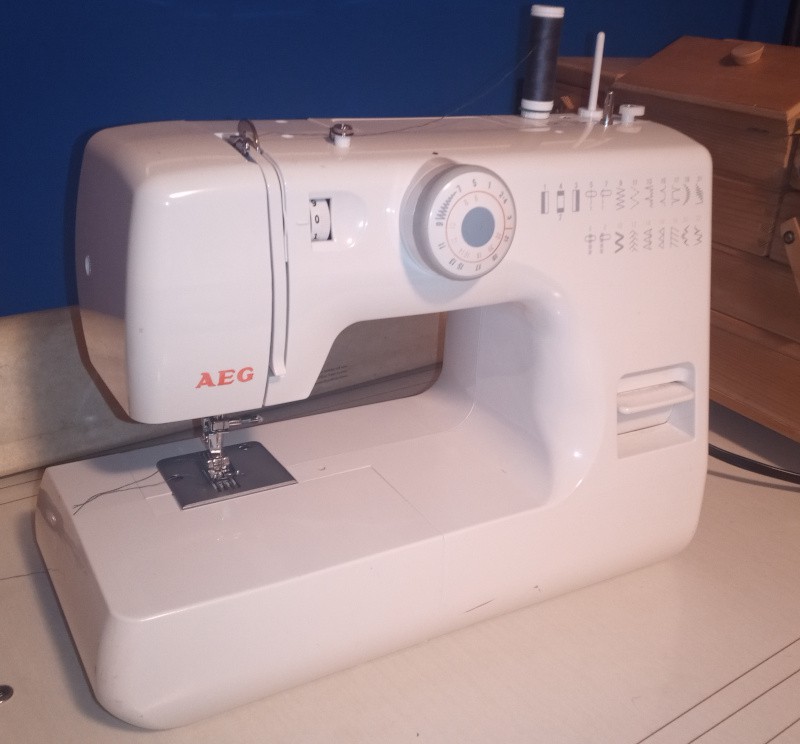
My wife uses the AEG pretty much just when she needs a free arm - that's why she bought it.
The AEG squeaks and groans and makes a lot of racket - you'd think it was hammering its way through a wall instead of sewing a couple of pieces of light cotton cloth. It is a new machine, made some time in the last 5 years or so.
Pfaff 31
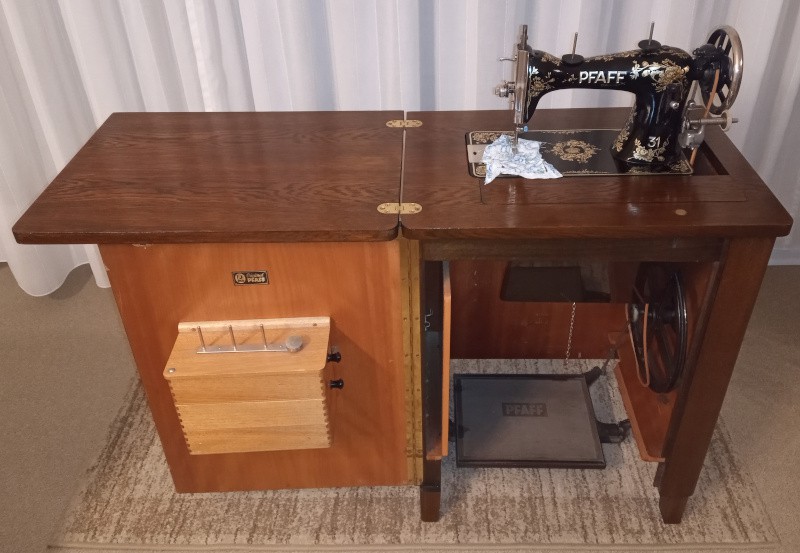
This is the machine I recently cleaned up for my daughter. It isn't as quiet as the Pfaff 262, and it only sews a straight seam.
It is a pretty machine, though, and while it may only do straight stitches, it does it very well.
The Pfaff 31 belonged to my daughter's great grandmother. The machine was manufactured in 1939.
The Pfaff 31 doesn't have a motor - it is driven by a treadle in the cabinet.
Adler class 8
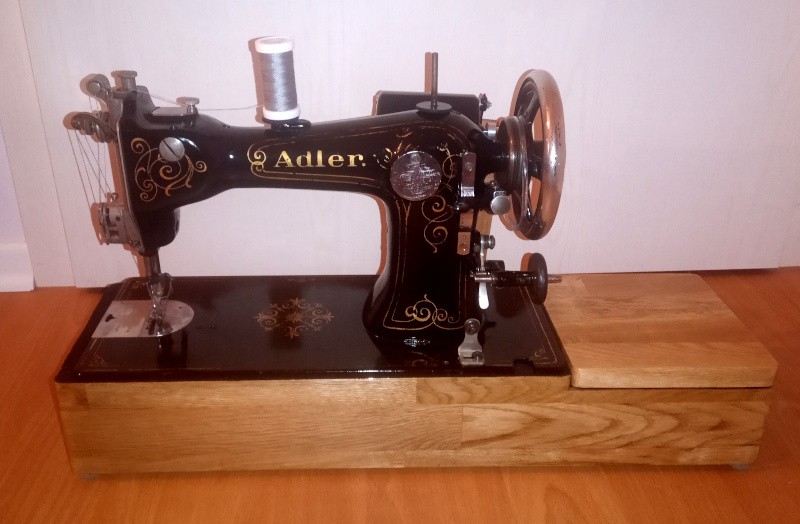
This one is mine. It was made in about 1926. It is a straight stitch machine, and was (according to Adler) one of the fastest sewing machines of its time. It could do 1200 stitches per minute when driven with a treadle - no motor, just wiggling your feet on a board. I don't have the original table with treadle that it would have been in when new. It has to make do with an anemic 100 watt electric motor.
It doesn't manage 1200 stitches per minute when sewing two pieces of 2.5 millimeter thick leather, but it does get on down the road. It is frighteningly fast when sewing lighter materials.
Sewing leather is the reason I have the Adler.
This is the first real project I used the Adler on:
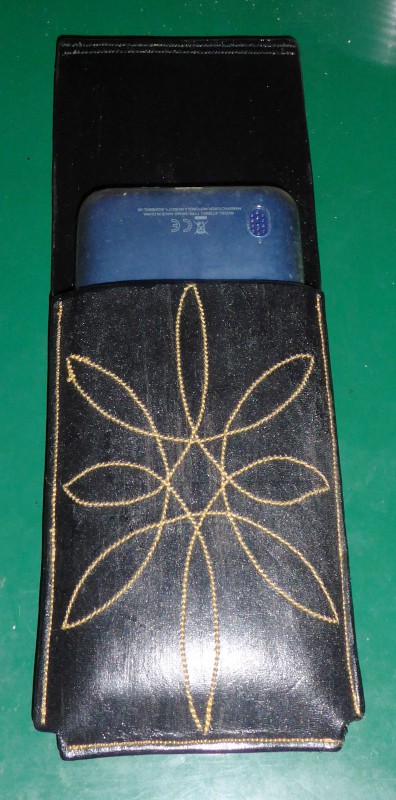
That's a holster for my somewhat over dimensioned phone. I'm still learning how to use a sewing machine, so there's lots of mistakes to be found in the holster.
 Joseph Eoff
Joseph Eoff
Discussions
Become a Hackaday.io Member
Create an account to leave a comment. Already have an account? Log In.